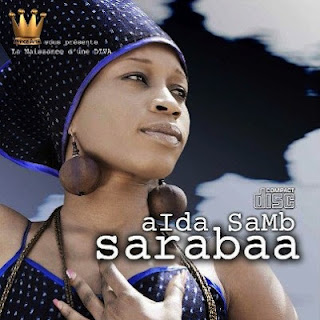This story begins long long long long ago
So long ago that it was a place not a time
There was a man
He was so alone
The only person he could talk to was Africa
Luckily there was a tree nearby
Even more luckily behind that tree
That’s where his partner was hiding
All the sun and all the water were condensed
Into a single tiny block
Which the man planted in the sandy soil
He blew and he blew on that spot
Each time he blew he thought he heard something
What he was hearing was of course his partner singing
The man didn’t even know what singing was
Because he could only talk
He couldn’t sing yet
So he blew and he listened, blew listened blew listened
And the plant pushed out dark green
And began to twist and grow
A vine reaching for the breath
And stretching towards the song
(Because it was made from sun and rain, remember?)
So at the end of the vine that was the calabash
And the tree it was not a tree anymore
It was the neck and handles
That was when the man’s partner Saba Kidane
Came out into the open (but that’s another story)
And the breath and the singing and the vine?
Well, there are 21 strings, what do you think?
And now you say what about the bridge and the cowhide
And the rings that tie the strings to the neck
So you can tune the kora
Hey, what about the thumbtacks that hold
The cowhide taut over the calabash
And the resonator hole
Well you go right on talking about all that
I’m playing kora now
Next time I’ll tell you about the cow.....
& .....we'll meet again in 2 weeks




















